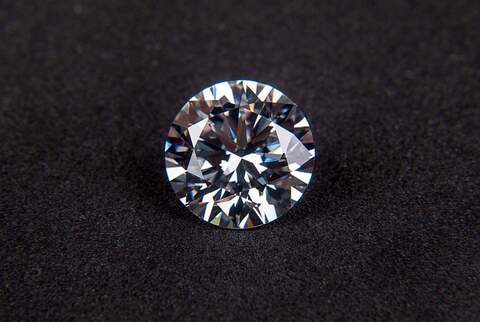How to Buy an Engagement Ring? – Part 4:Â What is Diamond Clarity?


How to Buy an Engagement Ring – Part 1: Basics and BudgetHow to Buy an Engagement Ring – Part 2: Why buy a diamond?How to Buy an Engagement Ring – Part 3: What is diamond cut?How to Buy an Engagement Ring – Part 5: What is diamond color?How to Buy an Engagement Ring – Part 6: What is diamond carat?
What is diamond clarity?
is the second most important trait in my opinion. Copy and paste definition: it is the quality of diamonds that relates to the visual appearance of the existence of internal characteristics (inclusions) and surface defects (blemishes). In simple terms, it is the analysis of the presence and position of inclusions and blemishes. Diamond laboratories provide a map of the inlcusions in the grading report.
Diamond grading laboratories assign any of the following clarify grades (listed from best to worst):
- Flawless (F)
- Internally Flawless (IF)
- Very Very Slightly Included (VVS)
- Very Slightly Included (VS)
- Slightly Included (SI)
- Included (I)
I focus on clarity because it also plays into the brilliance of a gem. An included gem will not scintillate as well as a cleaner gem.
One thing to note: Diamonds are vey good at picking up grease. It’s one of the methods used in diamond separation. Your diamond will not look like an IF, VVS, VS, or even SI if it isn’t cleaned often. Clarity grading takes into account any surface imperfections and grease can be considered one of them. I encourage you all to maintain the value of your investment and keep your diamonds clean.
My Opinion on What is Diamond Clarity
Most jewelers agree that the average person cannot see inlcusions in Very Slightly Included (VS) diamond or better.  All the fancy jewelry houses also don’t go below VS clarity diamonds. I also agree with them. I would also avoid anything that reaches the surface. Also, avoid inclusions under the table (biggest center facet that you look through face-up).

















































































